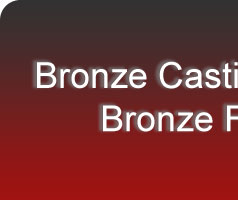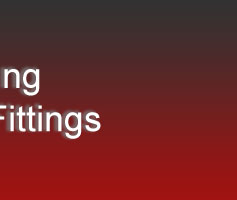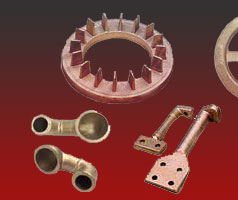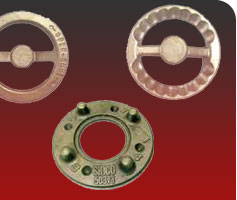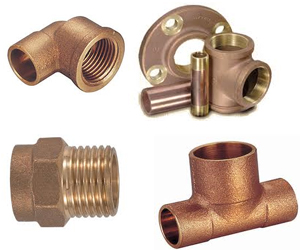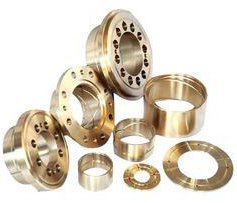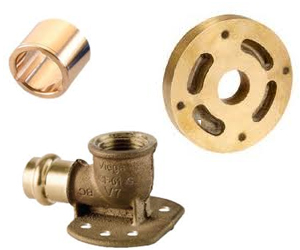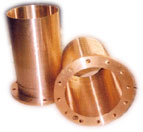When trying to make Brass machined parts, brass components, Brass turned components, Brass machined components,. Brass CNC components. You can use Brass extruded rods or Brass cast rods. here is the technical difference-
Brass extruded rods: In an electric induction furnace Copper/Zinc are melted and then poured into billets. These heated billets are under high temperature and pressure extruded on a press into solid rods , hollow rods or special profiles. They are further drawn /straightened as needed.
There is tight control on the metallurgy and physical properties.The length is 10-12 feet and physical /chemical properties are maintained to a specific standard.
Brass cast rods: Brass scrap is melted in small coal fired foundries. The molten metal is poured by hand in to moulds which have hexagonal shape and cast in to rods about 4 ft long. They are then drawn on a draw bench to arrive at cast rods which are machined further.
Some basic differences:
1) Chemical properties- cast rods can contain impurities which might .might not be acceptable to EU laws. The percentage ration of Copper/Zinc/Lead is not maintained. Extruded and drawn rods have consistent and controlled chemical /metallurgical properties. All extruded rods have better traceability and spectrograph tests conducted on each production batch.
2) Porosity/brittleness/strength: There is no guarantee with cast rods whereas extruded rods have compliance to a standard
3)Economy: The cast rods are about 4-5% cheaper than extruded ones. However when making parts which generate more scrap this gets compounded a you might need 5-6 Kgs of Brass rods to make 1 Kg of finished products. Here the 4% difference will become 20-25% difference
4)Finish: Parts made from extruded Brass will have better thread finish and better Brass tinge (more Golden as usually higher Copper). This however is not easy for a lay person to figure out.
